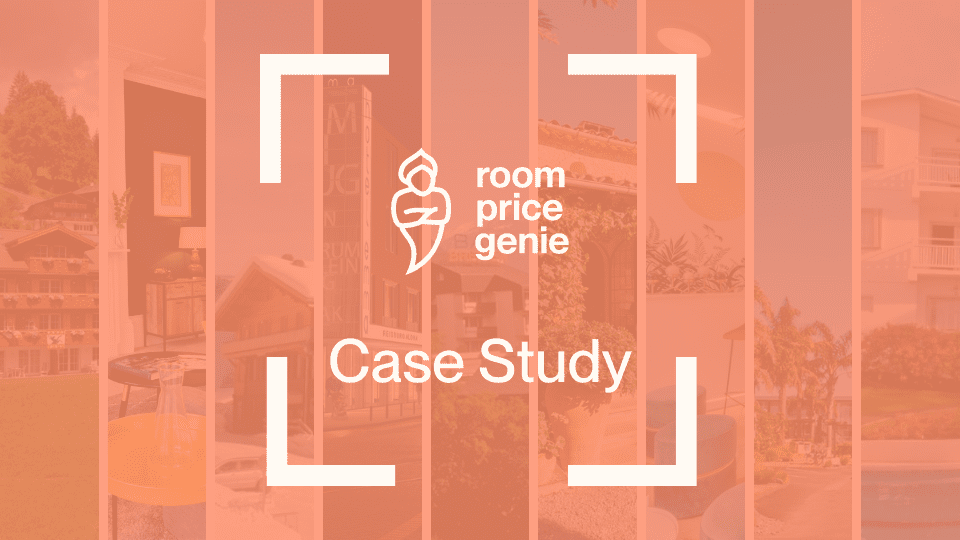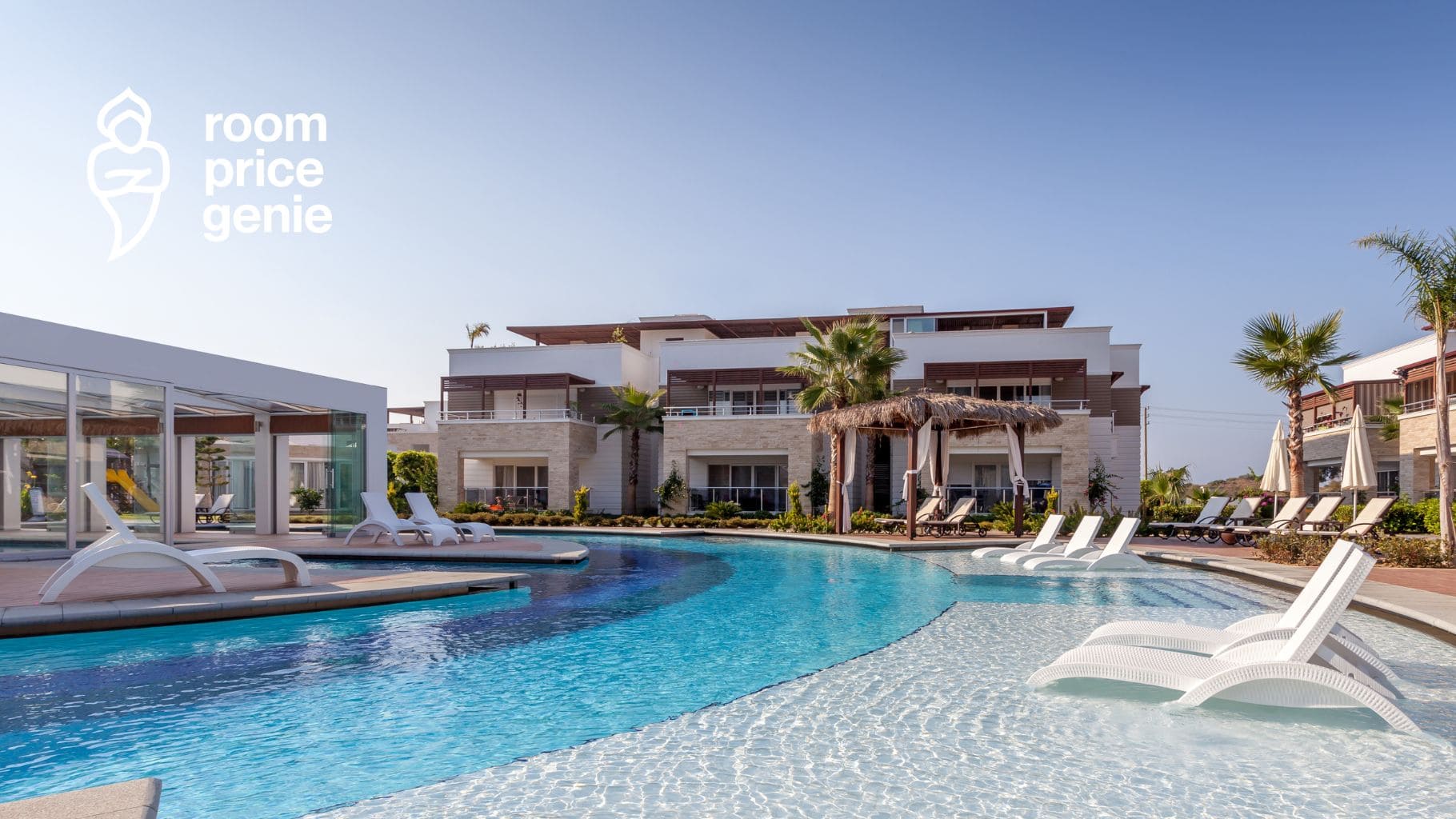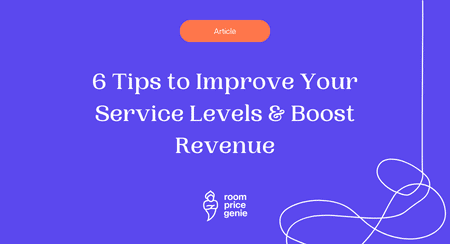Your website is the face of your hotel to the outside world. It can be a make or break when it comes to customers booking direct. Studies show that as many as 80% of travelers book their holidays online, so it is imperative that you compete with the easy formatting of OTAs and drive customers to book directly through your website.
Whether it be making sure you are mobile friendly, installing price comparison widgets or simply sprucing up your photos, there are many ways you can ensure your website is obtaining the highest possible conversion rate and that customers are booking direct.
Below are 5 ways you could improve your website:
1. Answer Questions
A hotels biggest booking competitors are OTAs. Your hotel’s OTA booking page offers a clear and concise overview of all that you have to offer. In order to compete with this, your website has to display the same.
Firstly, you must anticipate the questions a customer may have and answer them within the pages of your website. The last thing you want potential guests to do is move from your site onto an OTA just to find all the information they need prior to booking. Anything pertaining to cancellation policies, amenities, parking, location, accessibility and even more should be displayed clearly on your website and on your booking page.
One hotel owner we spoke to was working on implementing icons within their website; small images illustrating a variety of available amenities such as the wi-fi logo or a cocktail glass indicating a bar. These will give his direct bookers immediate and clear information on exactly what they can expect from his property. Not only this, but it prevents them from seeking that information elsewhere.
One of the biggest reasons guests fail to complete a booking is because of doubt. The aim should be to eliminate this by giving them as much detail as possible.
2. Make it Mobile
70% of Millennials are using their smartphones for travel research and booking. Whilst you may have a sparkling website on a desktop, it is important that it translates directly and effectively onto a mobile device. As above, all of the information needed to book should be readily available on all devices too.
Not only this, but the fast paced world of mobile browsing means your mobile website has to be quick and efficient. If your site is taking too long to load or is glitching, you will undoubtedly lose potential bookers as a result. Testing done by hotelexecutive.com shows that cutting your load time by just a few seconds increases overall conversion rate.
Take time on your website and the same amount on your mobile site. Review and visit it on your own mobile device so you can have a clear understanding of the experience your customers are getting and make amendments from there.
3. Reviews
Consumers do very little these days without checking reviews. There’s no try before you buy clause with hotels so it is natural that your customers will want an outside opinion. As a result, it is imperative that you display reviews for all of your services clearly on your website. Once again, by placing this information on your site, you are eliminating the need for customers to seek it elsewhere and potentially book through a different channel, or not book at all.
You should take a similar approach with your social media accounts. Try doing ‘Feedback Friday’ or something similar, in which you regularly post reviews from previous guests. Not only will this mean you are consistently engaging with your audience, but your reviews will be that much more accessible. You could share this across your social media and your website and create content that will benefit your SEO as well as provide answers for your customers.
4. Call To Actions (CTA)
Once you’ve got a customer onto your website, you certainly don’t want to lose them. Equally so, you don’t want them to forget why they’re there. Keep clear and attractive CTAs across your whole website. You’ve answered their questions, you’ve given them the reviews now you want them to book.
An obvious ‘Book Now’ button will act as a constant reminder to guests to make the final decision and book with you. Keep it simple and keep it obvious; you could contrast the colour of the CTA to the background of your page to make it stand out or you could include a pop-up widget that shows various deals and incentives when booking direct. In short, CTAs will give your customers the gentle nudge they need to simply click the ‘book’ button.
5. Widgets
On the note of pop-ups, installing widgets onto your website is a great way to engage customers and encourage them to book. One hotelier we spoke to uses software from TripTease that pops up on their website when people are browsing. It shows customers competitive rates across a selection of channels, ensuring them that they are getting the best price guarantee.
Alternatively you can add widgets that provide information on direct booking incentives, packages you may offer or a deal on dinner when they book today. In showing your website visitors what they could gain from booking direct, you are sure to increase your conversion rate. It is important to keep your customers engaged and active in the booking process. If they’re bored, they’ll leave.
In conclusion, a huge amount of work goes into website development. If you’re giving your guests with the best information and presentation you possibly can, you are increasing your chances of direct bookings, decreasing your reliance on OTAs and, in turn, creating drive towards higher revenue.
If you would like to find out more about the changes you could make to your website or further ways to increase your direct bookings, leave your email here for a copy of our e-book.







